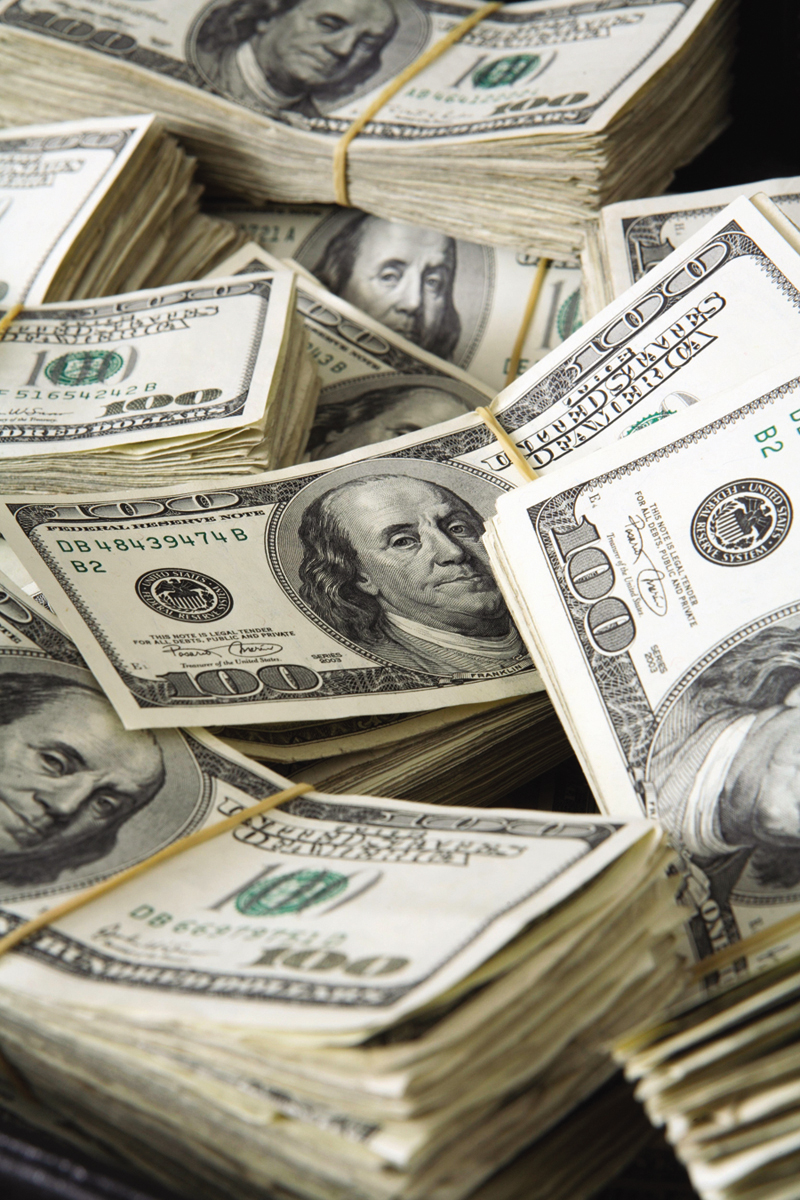SECTION 5
The Financial Sector

Funny Money
On October 2, 2004, FBI and Secret Service agents seized a shipping container that had just arrived in Newark, New Jersey, on a ship from China. Inside the container, under cardboard boxes containing plastic toys, they found what they were looking for: more than $300,000 in counterfeit $100 bills. Two months later, another shipment with $3 million in counterfeit bills was intercepted. Government and law enforcement officials began alleging publicly that these bills—
The funny thing is that elaborately decorated pieces of paper have little or no intrinsic value. Indeed, a $100 bill printed with blue or orange ink literally wouldn’t be worth the paper it was printed on. But if the ink on that decorated piece of paper is just the right shade of green, people will think that it’s money and will accept it as payment for very real goods and services. Why? Because they believe, correctly, that they can do the same thing: exchange that piece of green paper for real goods and services.
In fact, here’s a riddle: If a fake $100 bill from North Korea enters the United States, and nobody ever realizes it’s fake, who gets hurt? Accepting a fake $100 bill isn’t like buying a car that turns out to be a lemon or a meal that turns out to be inedible; as long as the bill’s counterfeit nature remains undiscovered, it will pass from hand to hand just like a real $100 bill. The answer to the riddle is that the real victims of North Korean counterfeiting are U.S. taxpayers because counterfeit dollars reduce the revenues available to pay for the operations of the U.S. government. Accordingly, the Secret Service diligently monitors the integrity of U.S. currency, promptly investigating any reports of counterfeit dollars.
The efforts of the Secret Service attest to the fact that money isn’t like ordinary goods and services. In this section we’ll look at the role money plays, the workings of a modern monetary system, and the institutions that sustain and regulate it. We’ll then see how models of the money and loanable funds markets help us understand monetary policy as carried out by our central bank—